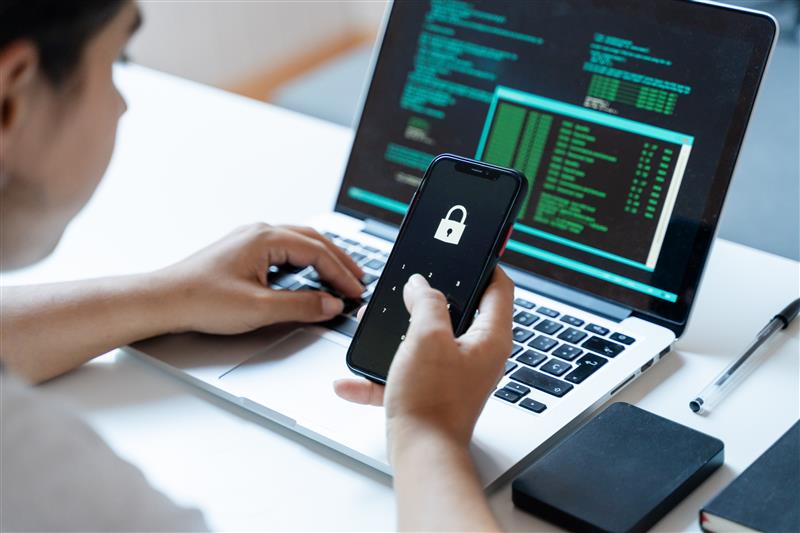Simple Steps to Protect Yourself Against Identity Theft

Very few Americans take real steps to protect themselves, their family and their businesses against identity theft. As the head of a company that helps consumers protect themselves from this issue, I've become increasingly aware of its perils, and how it impacts millions of people each year. I see identity theft as a growing epidemic that warrants immediate action. There are a number of simple steps to take, and some may seem obvious, but many people choose not to address the issue with preventive measures.
Online behaviors to prevent ID theft
How often do you back up personal and corporate computers, check your credit report and statements, or update your virus protection software?Of course, a lot can be done to restore one’s identity to its pre-theft status. But if one’s personal identifiers are not monitored, victims can become aware that a theft has occurred late in the game. For instance, when identity theft happens during tax season, it is most often discovered when a consumer files his taxes and is notified by the IRS that his social security information has already been used to file a return. In addition, some consumers are notified that they are receiving a return that isn’t theirs.Still, as the news about hacking and cyberattacks has shown, the threats aren't going away. I see this as an "action versus fear" paradox, with stakes at an all-time high. Instead of being paralyzed with fear, embrace action. Here’s how to protect yourself from identity theft using simple, actionable steps that everyone can take:
Be safe online
Don’t shop online, and don't input sensitive information, using a public computer or one that uses a computer with unsecured Wi-Fi. Hackers can position themselves between the WI-Fi hotspot and the user. By doing so, they will receive every piece of information the user sends out. This includes passwords, credit card information and other highly-sensitive identifiers.I also recommend updating your security software frequently, only visiting reputable retail sites and using different passwords for each of your online accounts. This will help protect your information while you're online.
IDShield is a product of Pre-Paid Legal Services, Inc. d/b/a LegalShield (“LegalShield”). LegalShield provides access to identity theft protection and restoration services. For complete terms, coverage and conditions, please see an identity theft plan. All Licensed Private Investigators are licensed in the state of Oklahoma. This is meant to provide general information and is not intended to provide legal advice, render an opinion, or provide any specific recommendations.



